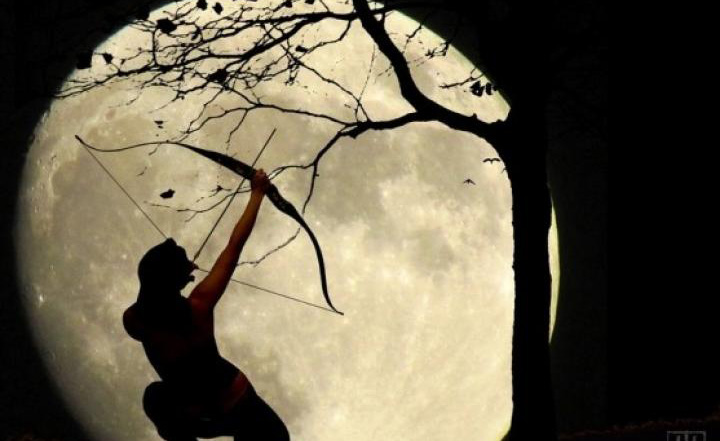Cereal
"For half a thousand years after its invention, in Mesopotamia, writing was used exclusively for bookkeeping," John Lanchester points out in his recent New Yorker article about how civilization started. "All the good things we associate with writing - its use for culture and entertainment and communication and collective memory - were some distance in the future."

And cereal, that uninspiring food we usually try unsuccessfully to get away from, played, of course, a central role in the domestication of people, along with cows and pigs, and in the rise of the State. With cereal and bookkeeping came the concept of surplus - something unknown or un-cared-about by the hunter-gatherers which we were - Lanchester reminds us - for ninety-five percent of our time before now.

A potter needs to reflect on these things. Not because clay and ceramic form are tied up too in the formation of culture but almost for the opposite reason - because clay connects us to pre-agrarian times. Or at least - life in the studio does. You make what you need to make - never hoping it is more than enough - instead hoping you come close to what you see in your head. The best pots are hunted, and brought back to camp only by luck, and you never count on catching another one tomorrow.
As the harvest season approaches and Hunter's Moon follows soon after, on November third this year, I am reflecting on these ideas, and on the idea of 'labor' which is always discussed in articles of this kind. Labor is a few rungs below cereal on my ladder of things I like. Back in January I started this year off by flying to San Diego for a clay workshop, and I returned to the studio enthusiastically ready to begin throwing platters in a new way that I had learned about - pounding the clay into a giant circle on the wheelhead rather than trying to actually center it with the wheel spinning. Should be a lot less labor - should be easier.

Using up about a hundred pounds of clay I made three big platters this way - each cracked, either when drying or during the initial 'bisque' fire, prior to glazing. The last one of the three sat in the studio all summer - so long that I forgot what that glaze was that I had splashed all over it - I knew it would crack too when I put it in the kiln but I did anyway, last week, partly just out of defiance - I wasn't going to pitch that big platter into the dumpster after I'd devoted so much valuable shelf space to it all these months. Plus - I wanted to see what would happen. I think you should be, in the studio, at least some of the time, the way we were back when we hunted and gathered out on the steppes or deep in the forest - drawn forward just out of plain curiosity, determined to find out what's just out of sight up ahead. Why not? It's not like we have to be back - we're not on a schedule. Not yet.

To my delight the platter cracked not just radially, as I'd expected, a fissure from rim to center - but the fissure itself split apart and curled around, as if it too was curious. I like it! I said to myself as I brought it, still warm, onto a plywood table in the studio. It is useless - unsellable, ill-suited for containing, presenting, serving, or anything else - it is monumental like the number of hours per week that the hunter-gatherers had at their disposal. Apparently it took about seventeen hours a week to hunt and gather, and another nineteen to do other "domestic activites and chores." The rest was free time - you could do what you want. And you didn't have to write anything down.
